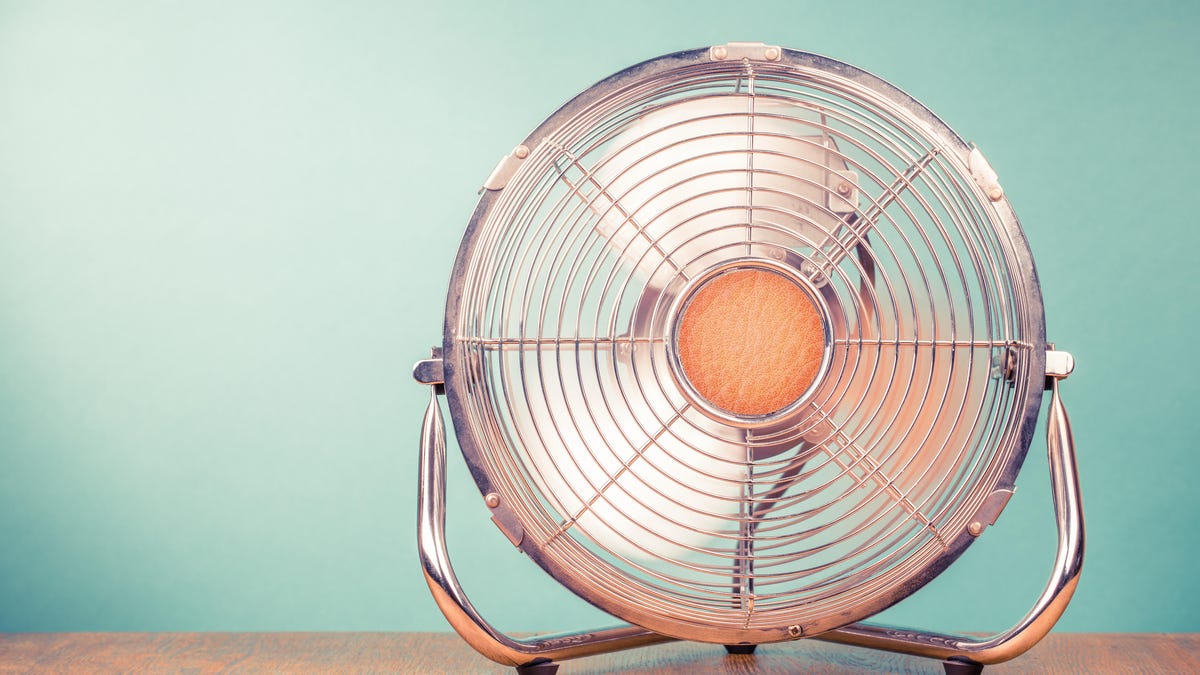 Why You Can Trust CNET
Why You Can Trust CNET There's an Ideal Place for Your Fan to Stay Cool in These Extreme Summer Temps
Just changing the location of your fan can lower your home's temperature while also slashing AC costs.

Stay comfortable longer by maximizing your fan's cooling potential.
Staying cool is probably a high priority for you right now. Not only has this past summer been hot and humid as per usual this time of year. It's been record-breaking blistering. New data from the European Union-funded Copernicus Climate Change Service has stated that July 2023 will be the hottest month on record.
There are tried-and-true ways to stay cool, like drawing the blinds, relying on AC and wearing lightweight clothing. But there's another cost and energy-efficient way to stay cool other than running the AC constantly: a window fan. But for your fan to work its best, you need to place it in just the right spot in your home.
Here we'll explore some fan tricks to maximize your comfort and coolness this summer. For more, check out our tips for how to save on heat and air conditioning with a small home upgrade and five signs it's time to replace your window AC unit. Plus, you'll also want to make sure your ceiling fan is rotating in the correct direction for the season (yes, there's a difference).
Fan location matters
One big thing you may be overlooking when you turn on a fan is its placement. To ensure optimal cooling with a window fan, the US Department of Energy suggests putting it in a window where the wind is blowing away from the house. This helps pull the hot air out of your home.
Make sure other nearby windows are closed so the hot air is forced to travel out the window with the fan.
To take advantage of cross-ventilation, you can open windows in rooms farther away from the fan, especially where wind is blowing toward the house. This works best if the open windows are in cooler, shaded areas rather than direct sunlight so that cooler air is coming into your house as the hotter air is being pulled outside by the window fan.
If your home has more than one story, you should install your fan on the second floor and open windows on the main floor for cross-ventilation, according to the DOE. Otherwise, you could install multiple fans in different sections of your home.
A couple of additional tips
Even if you don't have a window fan, you can create cross-ventilation with open windows to make your space a bit more comfortable. Experiment by opening a window where wind blows toward the house and another window across your home where wind blows away from the house. This should help cooler air move into the house and expel the hotter, more stagnant air.
If you have a ceiling fan in your home this summer, make sure it's rotating counterclockwise to pull warmer air up and push cooler air down. Read more about how to safely switch the direction your ceiling fan rotates.
For more on how to stay warm or cool (and save money), check out our guide on where to install a thermostat and the ideal thermostat setting to save money without sacrificing comfort.
More energy-saving tips:
- You Can Save $100 a Year Just by Unplugging These Appliances
- Here's How Much Energy a Microwave Uses Compared to an Oven
- One Simple Ceiling Fan Hack That Can Save You Money and Energy This Summer
- How to Lower Your Air Conditioning Bill While You're Away on Vacation
- Do Energy Star Appliances Actually Save You Money?

